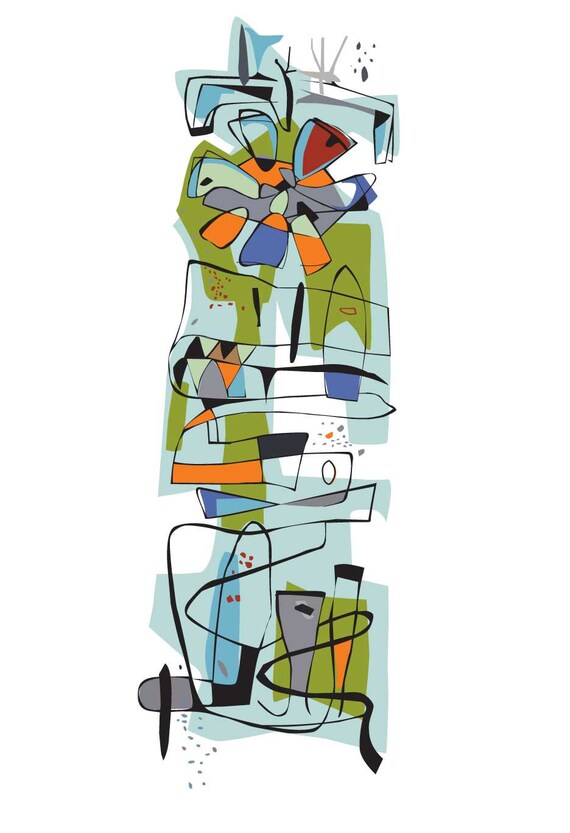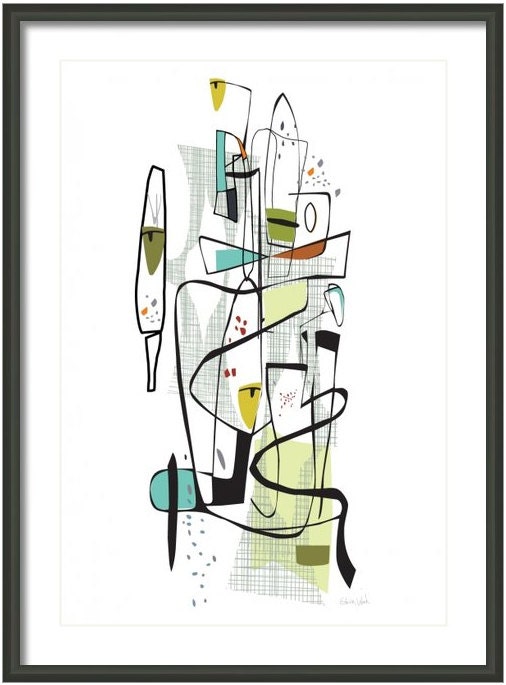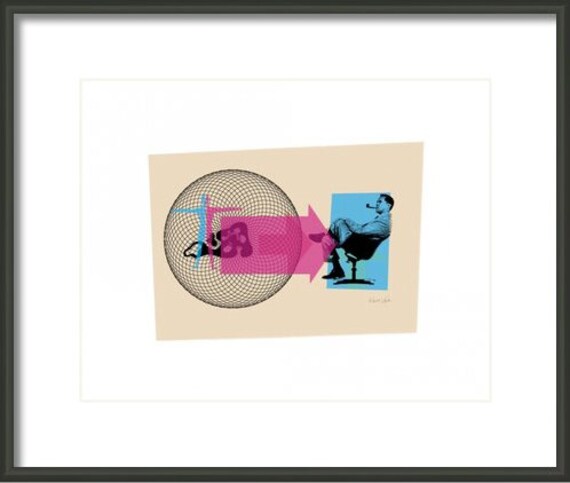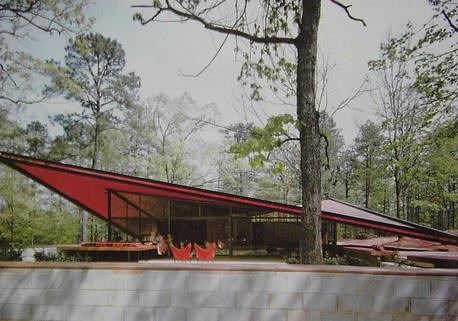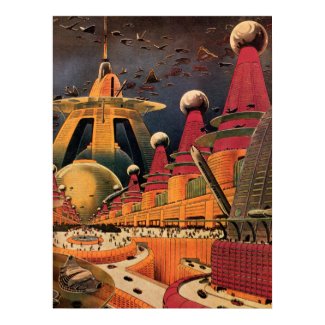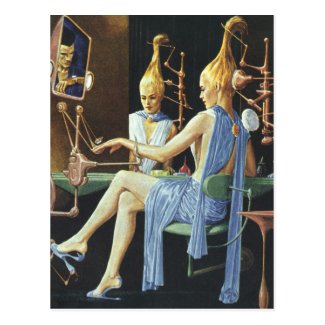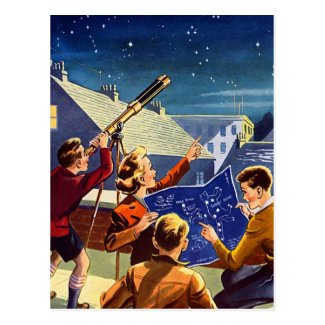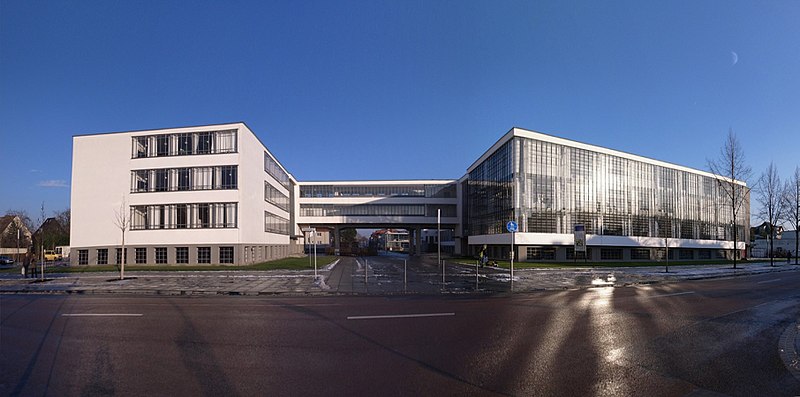All four of these points are very important to consider. In fact, I would go so far as to say, they are crucial before you start any DIY project. However, there is a fifth factor to consider as well.
What is the fifth fact you may be asking. Well simply put, it's what some may call perspective, ego, or being picky. I call it, knowing what you want. Our Fifth factor is, making sure you'll be satified with something that is not "vintage Mid-Century".
To me though, the term Mid-Century Modern is more about the principle of a design style and less of a time frame. It gives us guidelines to use in our own design processes. So, in other words. As long as a piece of furniture or design looks like it was built in the mid-century modern era, it's of good quality, and it functions the way I need it to, to me...It is as mid-century as something that Charles Eames made himself. Don't misunderstand, I'm not trying to compare my own work to Charles Eames or any of the other designers.
I'll dare state though, that most Mid-century modern dealers (if they've been around for a length of time) have come across a beautiful piece of furniture, only to find out that it was custom made and is not a famous designers piece. Why so? Simply because in the mid-century era, most did not have the money to buy all the furniture that they wanted or needed. Sure, there are tons of certain designs out there. These were popular for their time period, and sold by the ton. Plus, some designs are just to difficult for most to make without special equipment. Therefore, people bought the pieces.
Still, a hugely over looked aspect of the mid-century lifestyle was, not only to buy the most creative designs, but also to be creative yourself. How many DIY furniture, sculpture, cabins, art, cooking, sewing, and crafts books are still floating around from that wonderful design period? Question being though: Have you considered the feasibility of building something yourself?
As many reasons as you may have thought up for not doing a DIY project, there are just as many reasons for doing one. Here are just a few.
- It can be cheaper
- You can get the design that you want
- The size fits your specific area/needs
- Finishing options are almost unlimited
- The quality can be as good as you make it
- It's super fun. (once you get past all the frustration)
- You can tell everyone: "It my original creation"
- A lot of times you can sale it for more than it cost you to build
Yesterday, while it was raining outside, I started to reminisce about woodworking. I subsequently re-posted the photo on the (side the photo is on here) to facebook, and it amazed me the positive feedback that my credenza generated. Especially concidering the tools and materials I used on the project.
In a very short form (I'll put up a longer post on just the credenza later), this is what I used to build my credeza.
- Hammer
- drill
- circular saw
- screwdriver
- glue
- screws
- orbital sander
- old fashioned Stanley hand plain (not electric)
- sand paper
- box cutter
- chisle
- square
- measuring tape
- construction grade plywood (Not cabinet/furniture grade. The rough stuff.)
- a lopsided table
- one helper (part of the time)
- my wife as a table clamp
So, why not join in on the fun and get yourself a few electric hand tools, an inexpensive mid-century modern DIY book, and see what you can make for yourself. Who knows, you may have everything you need right at home.
To help, I'm going to try and do a few simple economical furniture and crafts DIY projects and put them on the blog.





